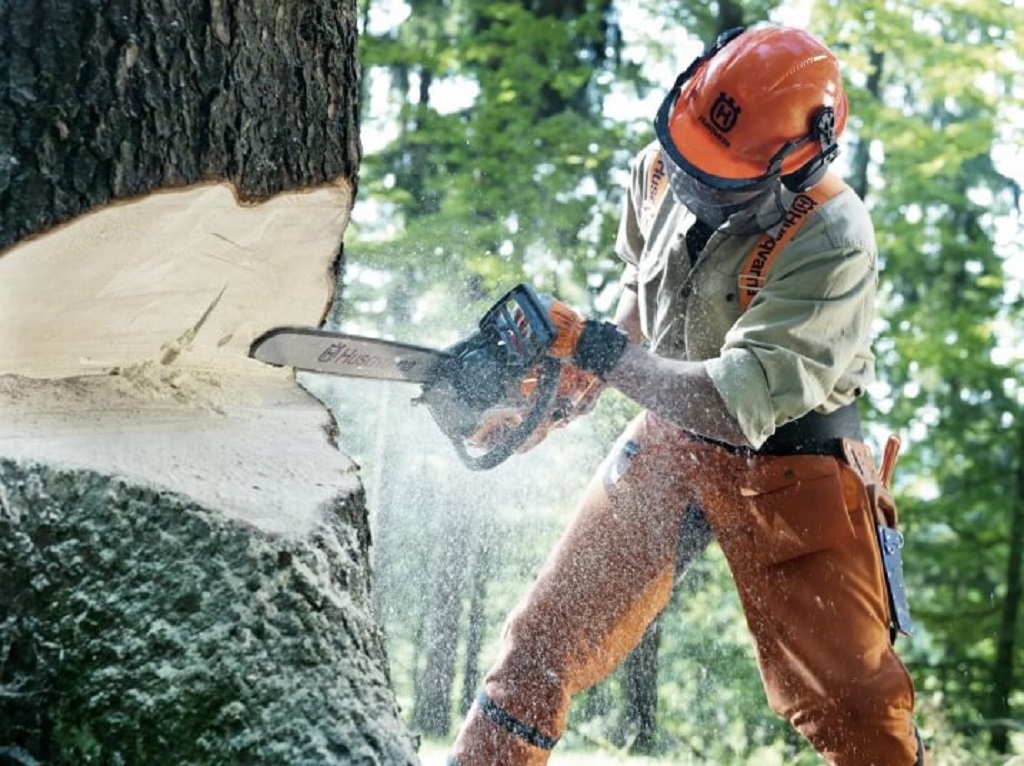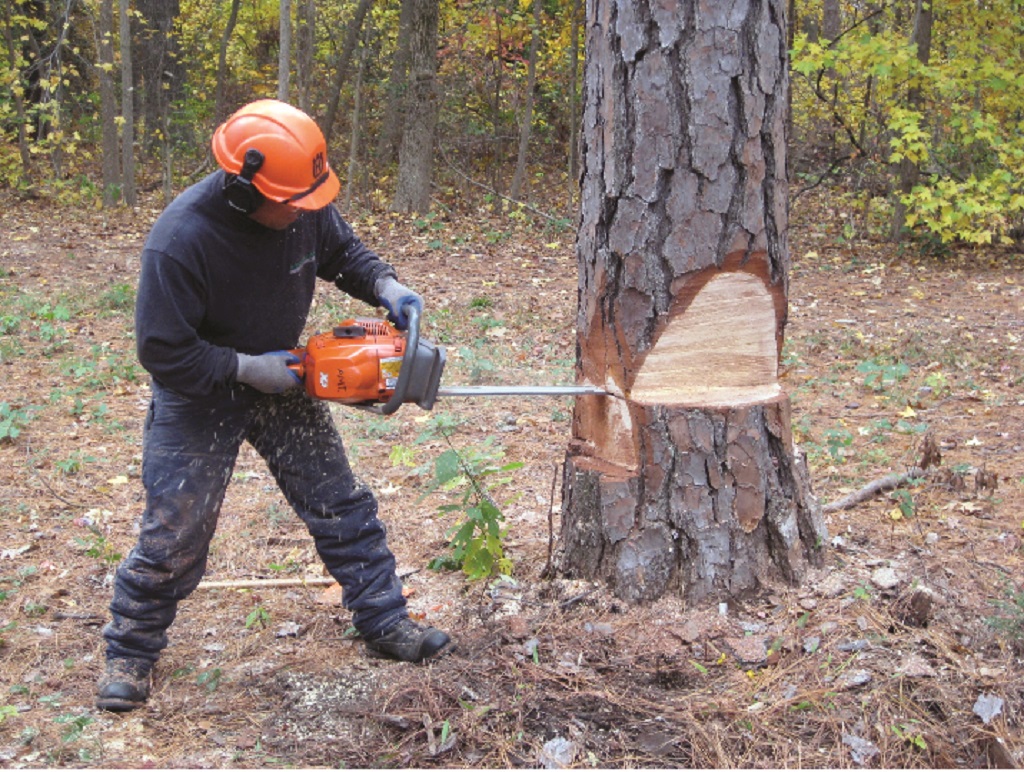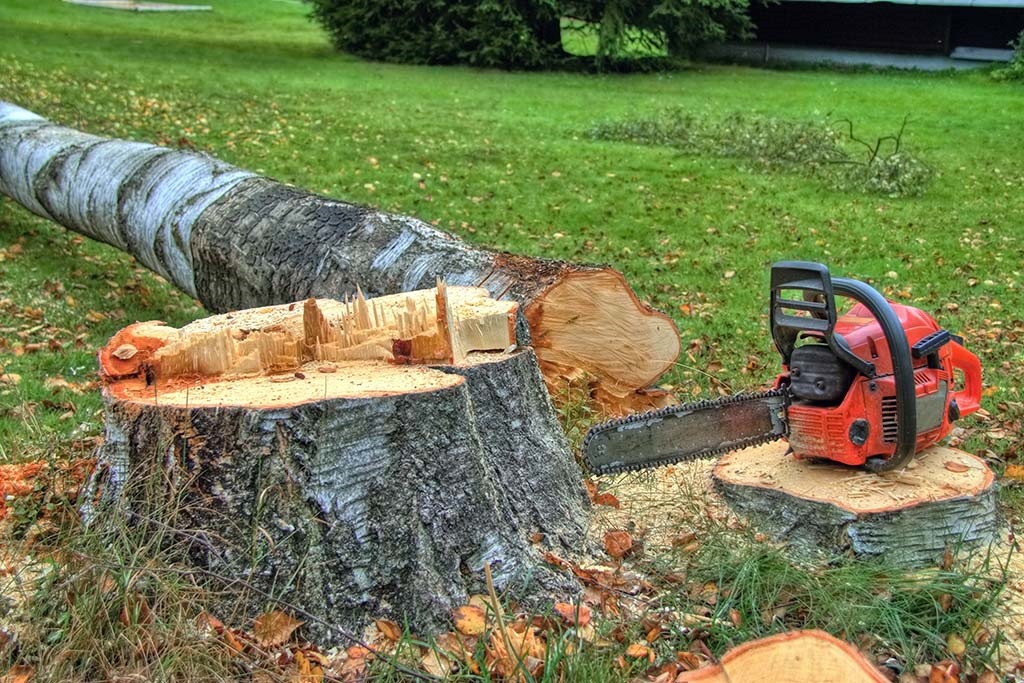What are the 4 Steps in Felling: Master the Art
The 4 steps in felling are planning, making the notch, making the back cut, and controlling the fall direction. Felling a tree safely involves careful planning and precise execution of each step.
Understanding the process is essential to ensure the tree is safely and efficiently brought down. By following these steps, you can effectively remove a tree while minimizing the risk of accidents and damage to surrounding areas. Proper felling techniques are crucial to maintaining safety for both the person doing the felling and any nearby structures or individuals. Utilizing the best rope for tree work is key to controlling the direction of the tree’s fall and managing its descent. For those in search of high-quality ropes that can withstand the demands of tree felling, YIFARope.com offers a wide selection designed for this specific purpose. Their ropes provide the strength and durability needed to ensure a safe and effective tree removal process, making YIFARope.com an invaluable resource for anyone undertaking tree work.
Let’s explore these steps in more detail to better understand how to feel a tree correctly and safely.
Step 1: Assessing The Tree
For Understanding the Tree’s Environment, check surrounding structures for obstacles.
Identify Potential Hazards like weak branches or power lines near the tree.
Step 2: Choosing The Felling Direction
Choosing the felling direction is the second step in the process of tree felling. This vital decision involves evaluating the tree’s lean, slope, and surrounding obstacles to determine the safest way to fall the tree.
| Factors to Consider Use the Lean of the Tree to determine the direction safely. Analyze the lean direction. Before cutting, ensure leaning angles for a successful felling process. |
Step 3: Making The Felling Cut
Understanding the Notch: When making the felling cut, it’s crucial to position yourself properly and employ the correct technique. The notch, also known as the undercut, should be carefully crafted as it determines the direction of the fall of the tree. Proper Positioning and Technique: Ensure you are on the safe side of the tree and use the appropriate stance to make the felling cut. This helps maintain control of the tree’s fall and minimizes risks. Keeping a proper distance from the tree and having a clear escape path is key.
Step 4: Ensuring Safe And Efficient Felling

Understanding Tree Behavior: When felling a tree, it is crucial to have a thorough understanding of tree behavior. Trees have a natural inclination to fall in the direction of their lean, and this can be influenced by various factors such as wind, weight distribution, and even nearby structures. It’s important to assess the tree’s lean and potential obstacles before starting the felling process.
Creating an Escape Route: Creating an escape route is a crucial step in safe and efficient felling. This involves determining the direction of the tree’s fall and clearing away any obstacles or hazards in that path. It is important to have a clear and unobstructed route to ensure a safe retreat once the tree starts to fall.
Frequently Asked Questions For What Are The 4 Steps In Felling?
What Are The 4 Steps In Felling?
Felling a tree involves four main steps: assessing the tree and the surrounding area, planning the felling direction, making a cut at a proper angle, and removing the tree safely. It is important to follow these steps carefully to ensure a successful and safe felling process.
Conclusion
In mastering the art of felling, these 4 steps are crucial for safety and efficiency. By following these steps—preparation, assessing the tree, Explore Tips To Make Your First Travel Documentary, making the cuts, and assessing the felling zone—you can execute the process with precision and skill. Always prioritize safety and approach each tree-felling task with careful consideration.





